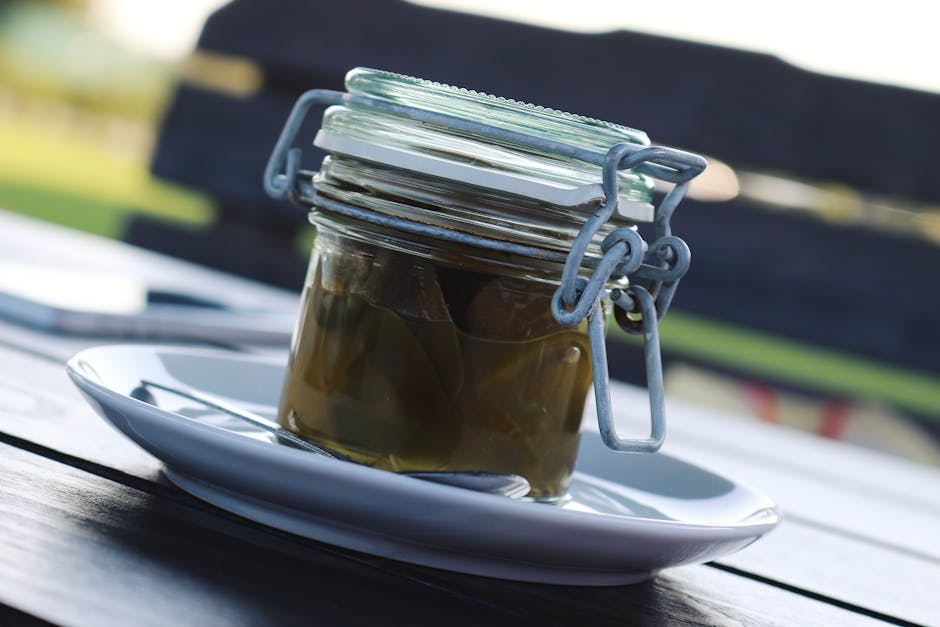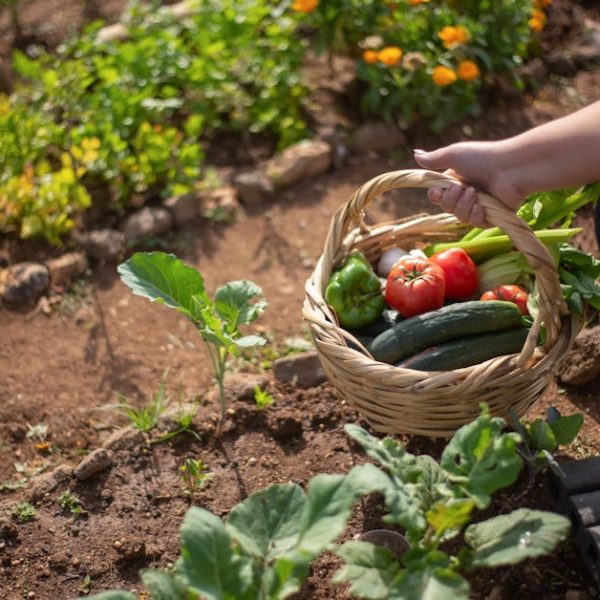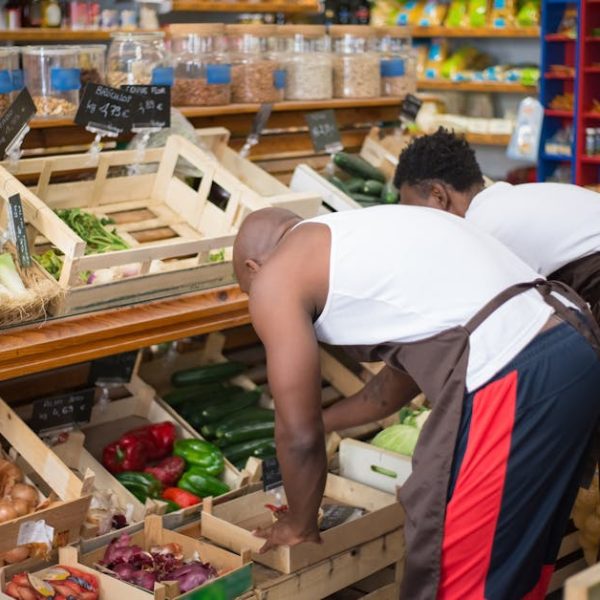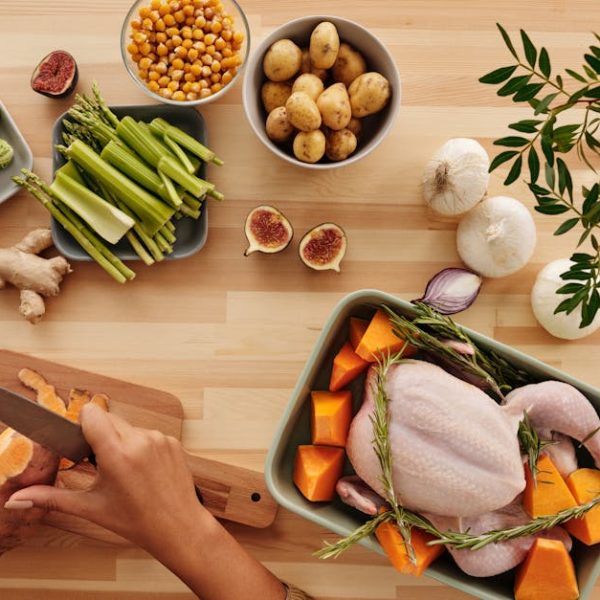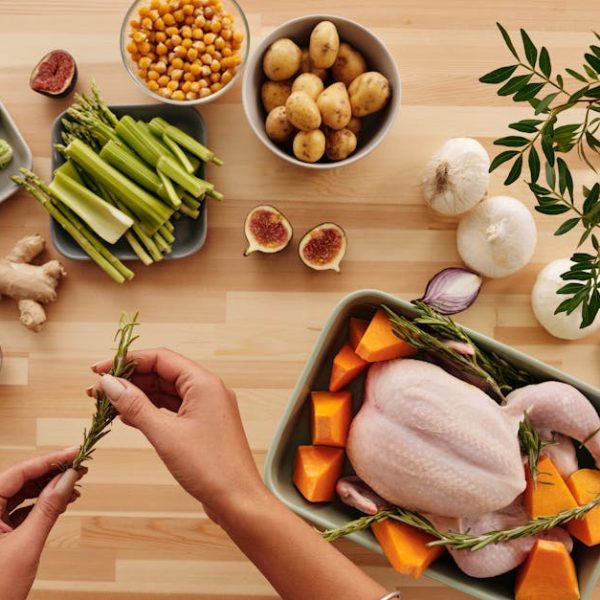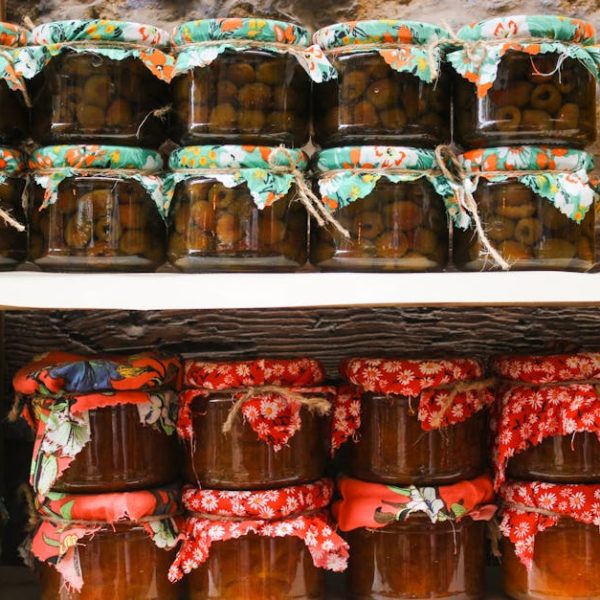Learning to master the art of canning cauliflower can transform your kitchen into an endless source of wholesome, preserved goods. By storing properly canned cauliflower, you’ll have this versatile vegetable at your fingertips, ready for use in your favorite recipes throughout the year. From understanding the nuances of the canning process to learning how to utilize canned cauliflower in an array of recipes, this guide arms you with invaluable insights and pro tips for achieving perfectly canned cauliflower right at home.
Understanding the Basics of Canning Cauliflower
Canning cauliflower may seem daunting, but understanding the essentials can simplify the process. Essentially, canning uses heat to destroy microorganisms that could cause spoilage. By sealing vegetables in a vacuum, the process keeps jars airtight and prohibits bacteria growth, thus extending the shelf-life of your cauliflower significantly.
![]()
To embark on your canning journey, you’ll need the following fundamental tools:
- Mason jars or any other glass jars suitable for canning
- Lids and bands
- A large pot to function as a water bath canner
- A jar lifter, funnel, and other canning utensils
- A large bowl for preparing and cooling the cauliflower
A common misconception is that canned vegetables might lose their nutritional value; however, canned cauliflower retains most of its nutrients. In fact, the heat treatment can even enhance some compounds such as antioxidant levels, making canned cauliflower equally healthy compared to fresh variants.
Crucial Pre-Canning Tips for Cauliflower
Preparation is crucial when it comes to canning any vegetable, especially cauliflower. It’s not sufficient to just wash and tumble your cauliflower into jars. Here’s a quick checklist to get you started:
- Select fresh, firm cauliflower heads. Proper selection can dramatically affect the texture and taste of your canned cauliflower.
- Cut the cauliflower into uniform sizes for homogeneous cooking.
- Blanching, followed by immediate cooling, kills enzymes that can degrade the cauliflower over time, thus preserving its color, texture, and taste.
- To help enhance the flavor of your final product, consider adding spices and seasonings during the prepping phase than after canning.
7 Quick Tips for Perfectly Canning Cauliflower
Successfully canning cauliflower relies heavily on the right processes and methods. Every step, from sterilizing the jars to achieving the correct jar headspace, plays a crucial role in delivering a top-notch final product.
- Sterilize jars and lids to kill any microorganisms that might be present.
- Submerge jars and lids in boiling water for at least 10 minutes before use.
- Maintain a 1-inch headspace in the jar to allow for expansion during the processing.
- Remove bubbles from filled jars by sliding a nonmetallic spatula around the inside of the jar.
- Wipe the rim of the jar with a clean, damp paper towel to ensure a proper seal.
- Never tighten the bands excessively; this could cause the jar to break during processing.
- Process the jars immediately after filling, following the recommended processing times for your altitude.
3 Delicious Canned Cauliflower Recipes
Canned cauliflower is not just a preserved food item; it can be the superstar of many delicious recipes. Mix it up in salads, soups, and even mains. To help you start, here are three easy yet delectable recipes:
- Pickle-Style Canned Cauliflower: Spiced vinegar, sugar, and mustard seeds combine to form a tangy brine for this quick-pickled cauliflower.
- Spicy Indian-Style Achar: Cauliflower pieces in sharp and spicy pickling spices offer a burst of flavor. A side of this achar can jazz up any simple meal.
- Italian Giardiniera: Canned cauliflower, carrots, bell peppers, and onions in a vibrant, zesty pickling liquid become a versatile condiment for sandwiches and pasta.
| Benefits | Homemade | Store-bought |
|---|---|---|
| Quality Control | ✔️ | ❌ |
| No Preservatives | ✔️ | ❌ |
| Cost-effective | ✔️ | ❌ |
| Customizable Flavors | ✔️ | ❌ |
Maintaining and Storing Canned Cauliflower
Proper storage of canned cauliflower is essential to maintain its taste, texture, and nutritional value. Here’s how you can do it right:
- Store canned cauliflower at room temperature, away from direct sunlight.
- A pantry or a cool, dark, and dry place is ideal.
- Periodically check the cans for signs of spoilage like bulging lids, mold, off-odors, or fizzing upon opening.
| Storage Method | Pros | Cons |
|---|---|---|
| Pantry | Accessible; doesn’t require electricity. | Not ideal for very high-temperature environments. |
| Cellar | Cool, dark, and high moisture; ideal for long-term storage. | Not readily accessible; prone to pests. |
| Refrigeration | Ideal for open jars; slows down spoilage. | Takes up space; energy-dependent. |
Hang in there, newbie canners, and take it one step at a time. Canning may take some practice to master, but the reward of jars filled with crisp, canned cauliflower at every season of the year is worth every bit of effort. With these handy tips and tricks in tow, you’re more than ready to jump in and start canning your own cauliflower. Happy canning!
Key Takeaway:
- The process of canning cauliflower begins with understanding the basics of the process, including equipment needed and nutritional benefits.
- Prior to canning, it is essential to select fresh, firm cauliflower and prepare them adequately.
- The canning process has been simplified into 7 quick tips which covers sterilizing the jars, correct jar headspace and the ideal method of filling the jars.
- Canned cauliflower’s versatility is highlighted through different recipes, and how it surpasses store-bought in terms of quality and flavor control.
- Proper storage of canned cauliflower in a cool, dark place at room temperature is crucial for maintaining its taste and nutritional value.
Canning cauliflower might seem challenging initially, but with guidance, it’s absolutely manageable. You’ll soon find the process enjoyable, and the result – delicious canned cauliflower ready for use in various recipes – rewarding. So, embark on your canning journey with confidence and enjoy the fruits (or rather, vegetables) of your labor year-round.
FAQs
Q: What other vegetables can I can using these methods and tips?
A: You can also apply the canning process to many other vegetables like beans, carrots, or beets. However, always research each vegetable’s specific canning instructions to ensure safety and best results.
Q: How long can I store canned cauliflower?
A: Properly canned and stored, cauliflower can last up to a year. However, always check for signs of spoilage, such as bulging lids or off-odors, before consumption.
Q: Can I substitute the vinegar or lemon juice used to preserve the color and texture of the cauliflower?
A: Vinegar and lemon juice are commonly used due to their high acidity, which helps preserve the color and texture. If you’d like to substitute, make sure it’s with another high-acid liquid. Always follow safe canning guidelines when making substitutions.
Q: Can bottled water be used instead of boiling tap water in the process?
A: Yes, if you are worried about contaminants in your tap water, bottled water can be a safe alternative. Just make sure to still heat it properly during the canning process.
Q: What is the ideal headspace to maintain in the canning jar?
A: Maintain a 1-inch headspace in the jar to allow for expansion during the processing. Headspace is the gap between the top of the food and the top of the jar.
Explore more on our website and share the article to help other home canners achieve perfect results, just like you will. Sweet or spicy, enjoy variety in your kitchen with perfectly canned cauliflower ready at your disposal!
